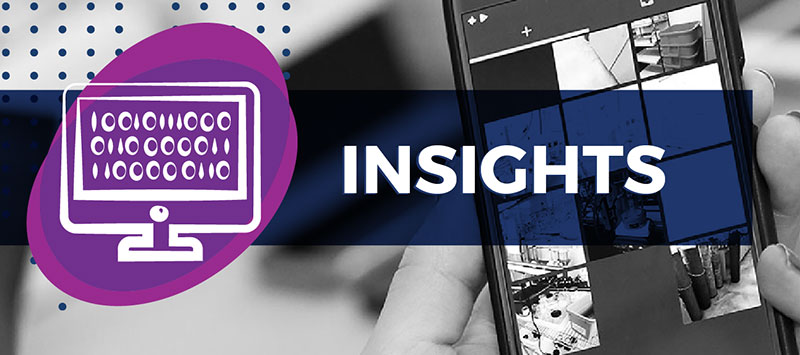
INSIGHT
Quantifying the Association Between Discrete Event Time Series with Applications to Digital Forensics
Effects of Proficiency and Cross-examination
OVERVIEW
Digital devices provide a new opportunity to examiners because for every user event — like opening software, browsing online, or sending an email — an event time series is created, logging that data. Yet, using this type of user-generated event data can be difficult to correlate between
two devices for examiners. The research team set out to quantify the degree of association between two event time series both with and without population data.
Lead Researchers
Christopher Galbraith
Padhraic Smyth
Hal S. Stern
Journal
Journal of the Royal Statistical Society
Publication Date
January 2020
Publication Number
IN 102 DIG
The Goals
1
Investigate suitable measures to quantify the association between two event series on digital devices.
2
Determine the likelihood that the series were generated by the same source or by different sources –– ultimately to assess the degree of association between the two event series.
APPROACH AND METHODOLOGY
Researchers explored a variety of measures for quantifying the association between two discrete event time series. They used multiple score functions to determine the similarity between the series. These score functions were discriminative for same- and different-source pairs of event series.
The following methods for assessing the strength of association for a given pair of event series proved most accurate:
1
Constructing score-based likelihood ratios (SLRs) that assess the relative likelihood of observing a given degree of association when the series came from the same or different sources. This uses a population-based approach.
2
Calculating coincidental match probabilities (CMPs) to simulate a different-source score distribution via what the research team refers to as sessionized resampling when working with a single pair of event series. When a sample from a relevant population is not available, this method still produces accurate results.
KEY TAKEAWAYS for Practitioners
1
The population-based approach of SLRs remains the preferred technique in terms of accuracy and interpretability.
2
The resampling technique using CMPs shows significant potential for quantifying the association between a pair of time event series, helping examiners determine the likelihood that two different time series were created by the same person, especially when no population sampling data is available.
3
With multiple-event series, combining these techniques could be valuable for pattern mining to determine which event series are associated with one another.
4
Developments in this area have the capacity to positively impact work in forensic and cybersecurity settings.
Next Steps
Both SLR and CMP techniques require more extensive study and testing before being used in practice by forensic examiners.
All techniques that are described are implemented in the open-source R package assocr.











